
What Is A ISO Classification Of Clean Room?
- By:ren
- 2022-10-15
- 29
The U.S. General Service Administration’s (GSA) Federal Standard 209E (FS209E) is a set of standards that were generally used as the basis for cleanroom classifications worldwide before the International Standards Organization established its own system. The FS209E classification system has six classes, while the ISO 14644-1 standard adds two cleaner standards and one dirtier standard (see chart below). The "cleanest" cleanroom in FS209E is referred to as Class 1; the "dirtiest" is a class 100,000. ISO cleanroom classifications are rated according to how much particulate of specific sizes exist per cubic meter (see second chart). Class 1 is approximately equal to FS209E class 1, while Class 8 approximately equals FS209E class 100,000.
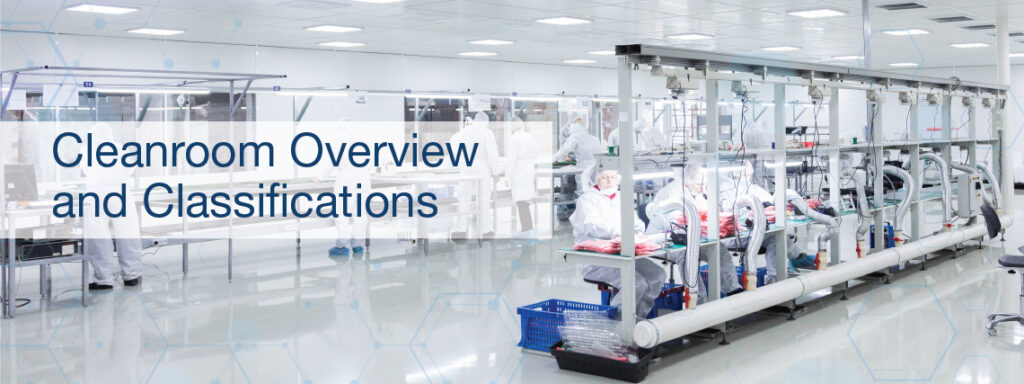
The clean room classification system is designed to help you understand the standards and processes used to ensure a level of cleanliness in your operations. This will give you an idea of where your company stands, what hoops you need to jump through, and what kind of risks you might be taking if you don’t make changes. Clean rooms are necessary when there is risk of contamination from particles, bacteria, or other contaminants. These special environments are used in a variety of industries such as pharmaceuticals, semiconductors, electronics manufacturing, food processing, and many others. A clean room helps reduce dust, germs, and other contaminants that would disrupt the production process or even cause harm to the workers or customers.
| ISO Document | Title |
| ISO 14644-1 | Classification of Air Cleanliness |
| ISO 14644-2 | Cleanroom Testing for Compliance |
| ISO 14644-3 | Methods for Evaluating and Measuring Cleanrooms and Associated Controlled Environments |
| ISO 14644-4 | Cleanroom Design and Construction |
| ISO 14644-5 | Cleanroom Operations |
| ISO 14644-6 | Terms, Definitions and Units |
| ISO 14644-7 | Enhanced Clean Devices |
| ISO 14644-8 | Molecular Contamination |
| ISO 14644-9 | Surface Cleanliness by Particle Concentration |
| ISO 14644-10 | Surface Cleanliness by Chemical Concentration |
| ISO 14698-1 | Biocontamination: Control General Principles |
| ISO 14698-2 | Biocontamination: Evaluation and Interpretation of Data |
| ISO 14698-3 | Biocontamination: Methodology for Measuring Efficiency of Cleaning Inert Surfaces |
| FS Cleanroom Class | ISO Equivalent Class | Air Change Rate |
| 1 | ISO 3 | 360-540 |
| 10 | ISO 4 | 300-540 |
| 100 | ISO 5 | 240-480 |
| 1,000 | ISO 6 | 150-240 |
| 10,000 | ISO 7 | 60-90 |
| 100,000 | ISO 8 | 5-48 |
Federal and ISO Ceiling Fan Coverage Specifications
Achieving the optimal air change rate requires proper ceiling fan coverage. The cleanest modular cleanroom incorporates filter/fan units (FFUs) in every 2’ x 4’ (610 mm x 1219 mm) ceiling bay. This near-100% coverage provides a laminar flow of filtered air to quickly remove contaminants from the room, thus meeting FS209E standards for Class 10 and ISO Class 1 standards.
| Class ISO 146144-1 (Federal Standard 209E) | Average Airflow Velocity m/s (ft/min) | Air Changes Per Hour | Ceiling Coverage |
| ISO 8 (Class 100,000) | 0.005 – 0.041 (1 – 8) | 5 – 48 | 5 – 15% |
| ISO 7 (Class 10,000) | 0.051 – 0.076 (10 -15) | 60 – 90 | 15 – 20% |
| ISO 6 (Class 1,000) | 0.127 – 0.203 (25 – 40) | 150 – 240 | 25 – 40% |
| ISO 5 (Class 100) | 0.203 – 0.406 (40 – 80) | 240 – 480 | 35 – 70% |
| ISO 4 (Class 10) | 0.254 – 0.457 (50 – 90) | 300 – 540 | 50 – 90% |
| ISO 3 (Class 1) | 0.305 – 0.457 (60 – 90) | 360 – 540 | 60 – 100% |
| ISO 1 – 2 | 0.305 – 0.508 (60 – 100) | 360 – 600 | 80 – 100% |
What Does a Clean Room Do?
A Cleanroom Door is designed to keep particles and other contaminants to a minimum. This is important in areas where impurities can cause problems or lead to damage. There are three main areas where a clean room is necessary: A manufacturing environment is one of those. This can be a room where parts are created or assembled, or a room that houses the production of a specific product. A research environment is another one that can require a clean room. This is where scientists conduct experiments and develop new products. The conditions in one of these rooms will mimic what would be found in a manufacturing area. A medical environment is the third area that may require a clean room. This is crucial when handling sensitive materials and when the health of patients is at risk. This is a room where surgeries are conducted, and where patients are treated.
What Is A Classification Of Clean Room?
Each clean room Door has a classification that is based on the level of cleanliness. The level of cleanliness is determined by measuring the amount of particles that are present in the air. The clean room classification system is a way to describe the cleanliness level and the efforts that are taken to achieve that level. Particle levels are measured in terms of the number of microorganisms (such as bacteria and mould) and/or the number of particles that are present in a cubic foot of air (such as dirt, dust, and other types of debris). The clean room classification system uses the numbers in this measurement to classify the clean room into one of three categories: A Class 100 clean room is a room in which the level of contamination is so low that it would be impossible for any significant amount of dust or other particles to be found. A Class 10 clean room is a room in which the level of contamination is so low that it would be very unlikely for any significant amount of dust or other particles to be found. A Class 1000 clean room is a room in which the level of contamination is low enough that only a very small amount of dust or other particles would be present.
Why is a Classified Clean Room Important?
In order to ensure that products that are manufactured in a clean room are safe to use, it is essential that the room itself is clean as well. If clean rooms were not classified, however, it could lead to a false sense of security. This is because it would be easy to assume that a room is clean if it has not been properly classified. In some cases, a room that is not properly classified might be a serious health hazard. It is vital to know the inherent risks and take the appropriate steps to reduce them. The clean room classification system helps to provide that information and allows you to understand the inherent risks.
How Is a Classified Clean Room Determined?
In order to properly classify a clean room, the air inside the room must be tested for the amount of particles. Different industries have different standards regarding the amount of particles that are acceptable. These standards can vary depending on the level of cleanliness that is required. You can get a sense of where your company stands and what changes may be necessary by looking at the clean room classification system. There are different standards that are used to classify clean rooms, but the most common ones are Class 100, Class 1000, and Class 100,000.
What You Need to Know about the Different Classes of Rooms
Class 10,000: The Ultra-High-Level Clean Room - This room is designed to have almost no particles in the air. In an average day, there will be fewer than 10 particles in the air of more than 0.5 microns. Class 100: The High-level Clean Room - This room has very low levels of particles. In an average day, there will be fewer than 100 particles in the air of more than 0.5 microns. Class 1000: The Medium-level Clean Room - In an average day, there will be fewer than 1000 particles in the air of more than 0.5 microns. Class 100,000: The Ultra-high-level Clean Room - In an average day, there will be fewer than 100,000 particles in the air of more than 0.5 microns. It is important to note that even though a room may be classified as 100 or 1000, it might not be entirely free of particles. It is easier to achieve the low levels of particles in a 100 clean room than it is in a 100,000 clean room.
Summing Up
A clean room classification system is used to determine the level of cleanliness that is present in a particular clean room. It is important to understand the clean room classification system because it allows you to determine whether a clean room is clean enough and if it has the potential to pose health risks. The clean room classification system uses numbers to classify the level of cleanliness in a particular clean room. A clean room is important because it reduces the risk of contamination in the air, on surfaces, and on products.
-
Cleanroom Glass Windows Are The Key to Maintaining a Clean Environment
-
Top Aluminium Profile Manufacturers in China: Leading the Global Market
-
The Evolution of Air Tight Sliding Doors
-
AHU Aluminium Profile: A Comprehensive Guide
-
The Importance of Choosing the Right Cleanroom Door in Vietnam
-
The Benefits of Hospital Automatic Doors: Enhancing Efficiency and Safety
-
The Best Bathroom Door Manufacturers - Unlocking Endless Possibilities!
-
Unlock the Possibilities with AJ Manufacturing Doors
-
Make a Statement with Manufactured Home Interior Doors!
-
what is aluminum profile? Aluminum Profiles for Your Home is the best option
-
High Speed Clean Room Doors Cut Contamination Risk
-
Dustproof Cleanroom Door Innovation for Sterile Spaces
-
How Cleanroom Half Glass Swing Door Enhances Sterile Access
-
Why Custom Cleanroom Aluminum Profile Matters Today
-
Smart Ceiling Air Diffuser: Dampers Add Full Control
-
E-ZONG: Trusted Air Tight Sliding Cleanroom Door Manufacturer
-
Top Benefits of Clean Room Roll Up Door Systems
-
Cleanroom Glass Door Innovations You Should Know
-
Improve Airflow With the Right Air Diffuser Vent
-
Why Every Laboratory Needs a Sealed Cleanroom Door

Guangzhou Yizhong Aluminum Industry Co., Ltd.
We are always providing our customers with reliable products and considerate services.
We are always providing our customers with reliable products and considerate services.
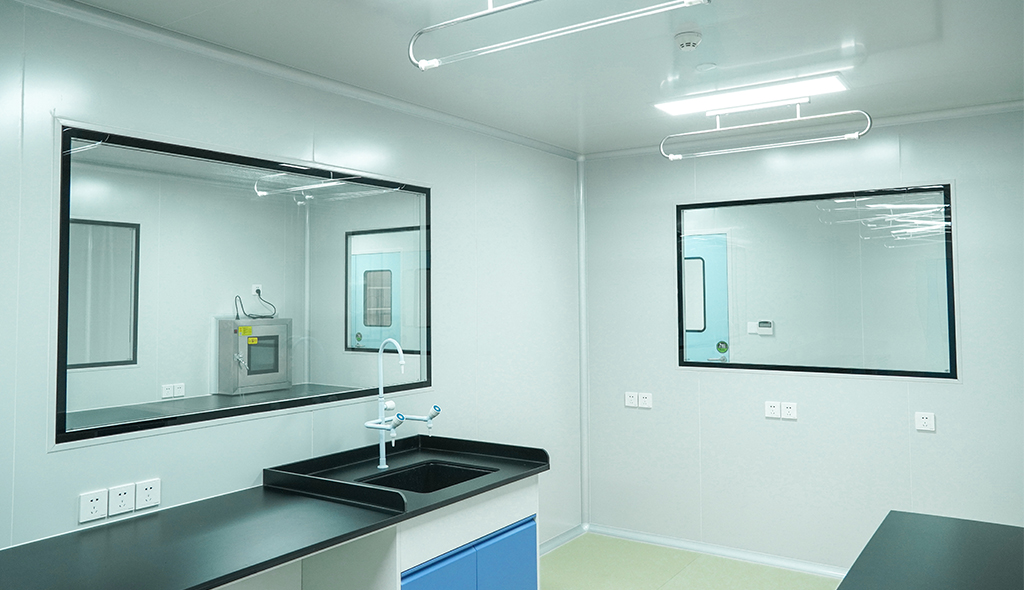
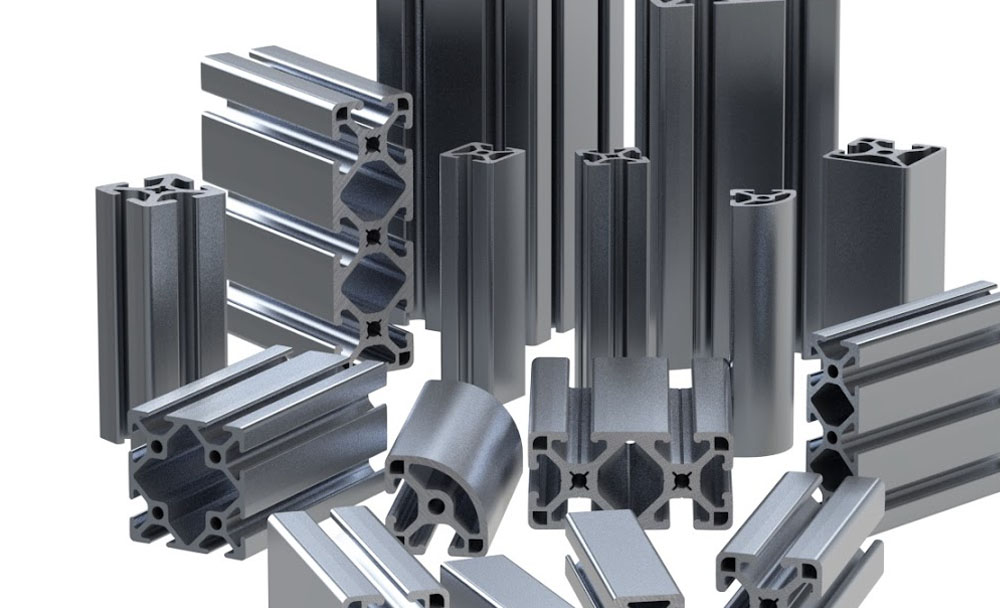
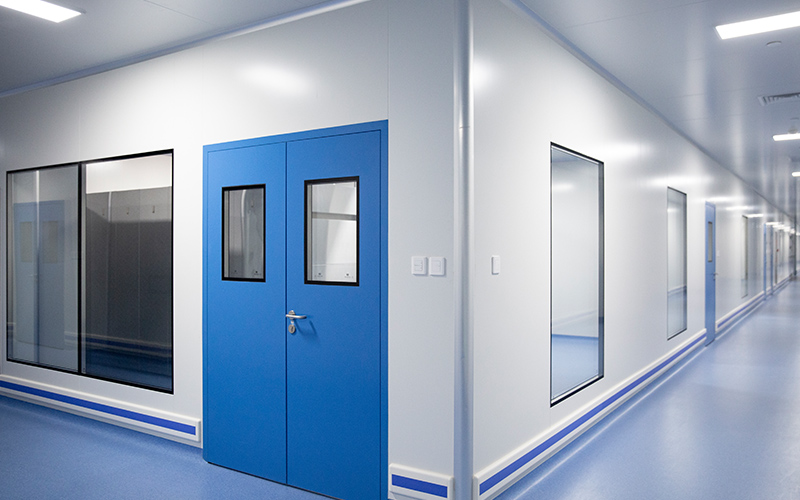
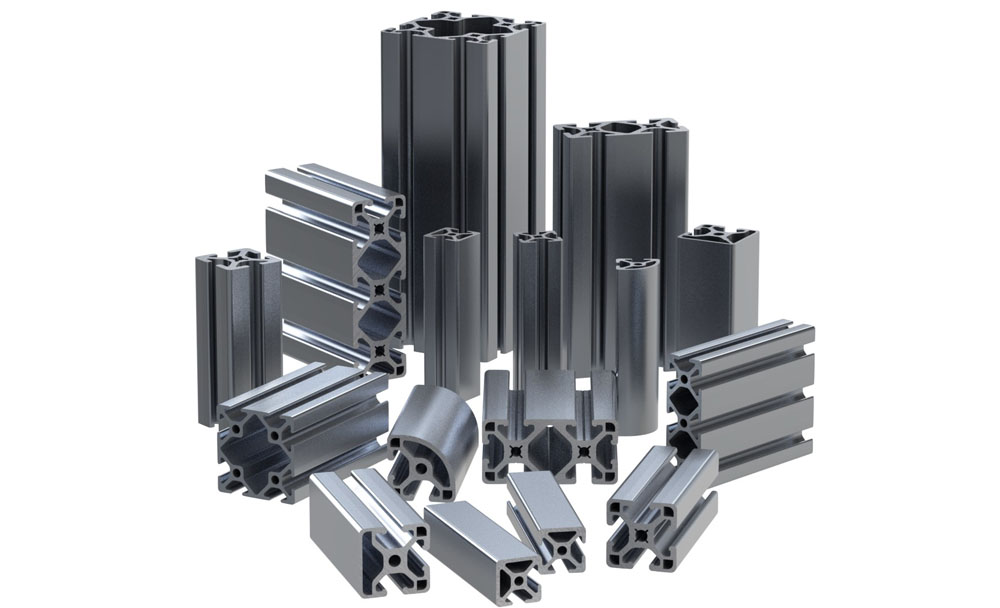
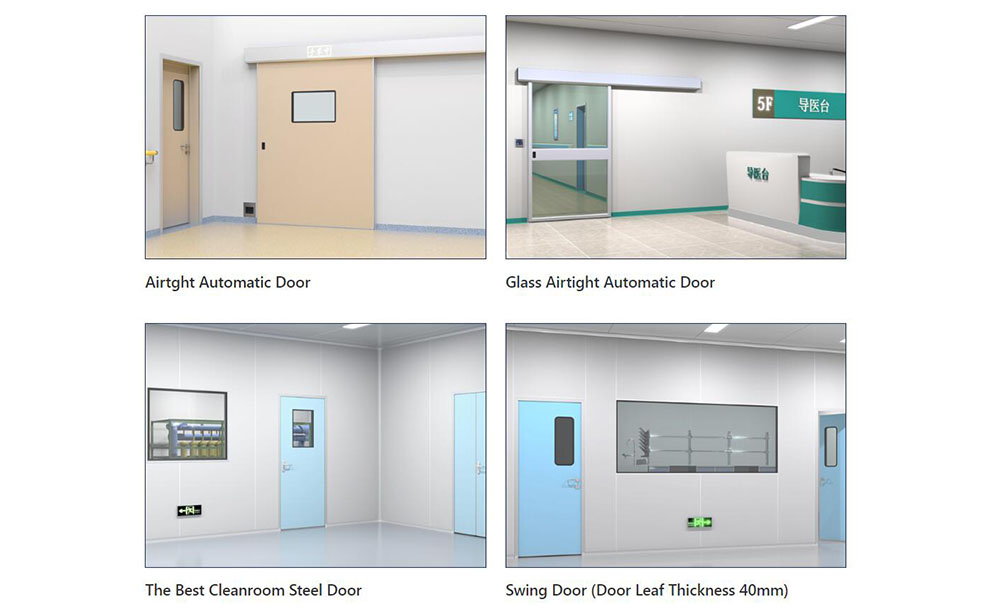
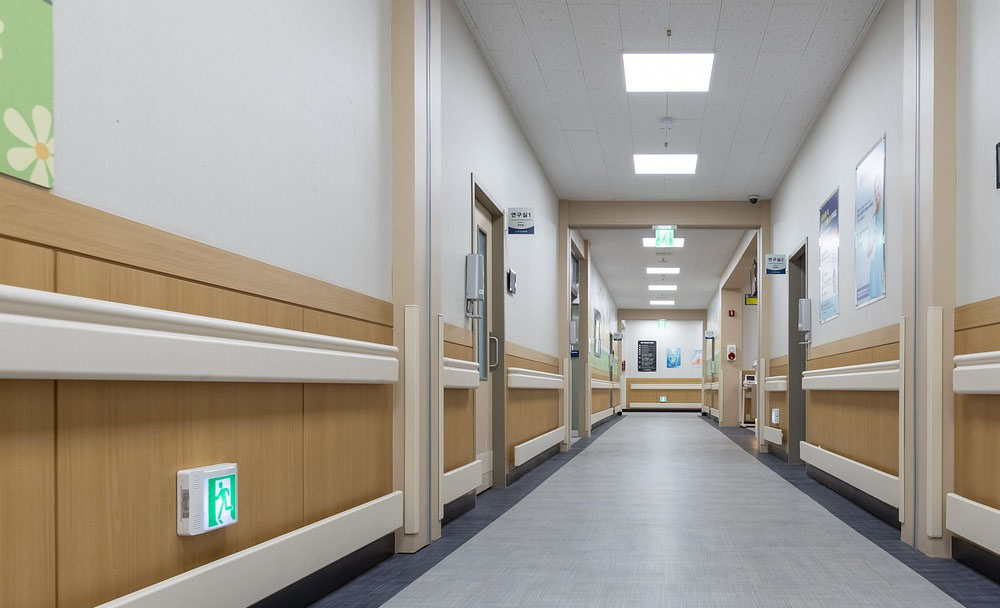
.jpg)
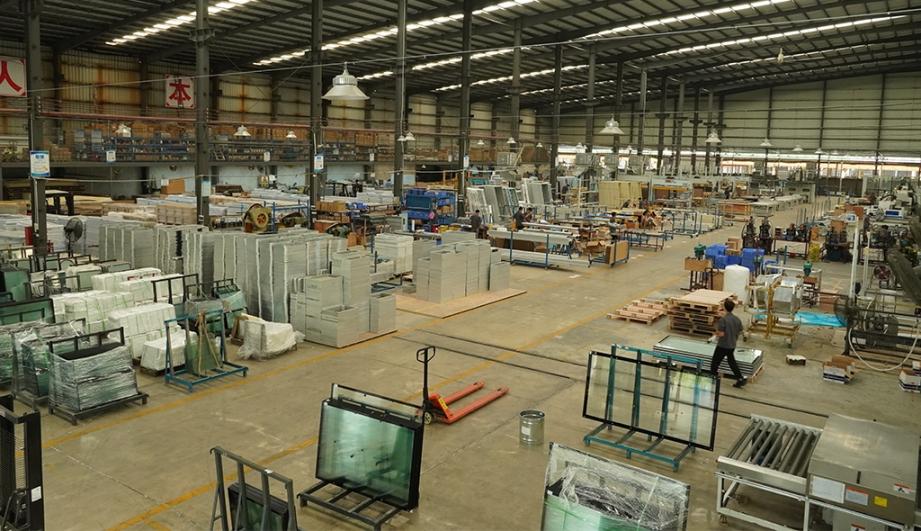
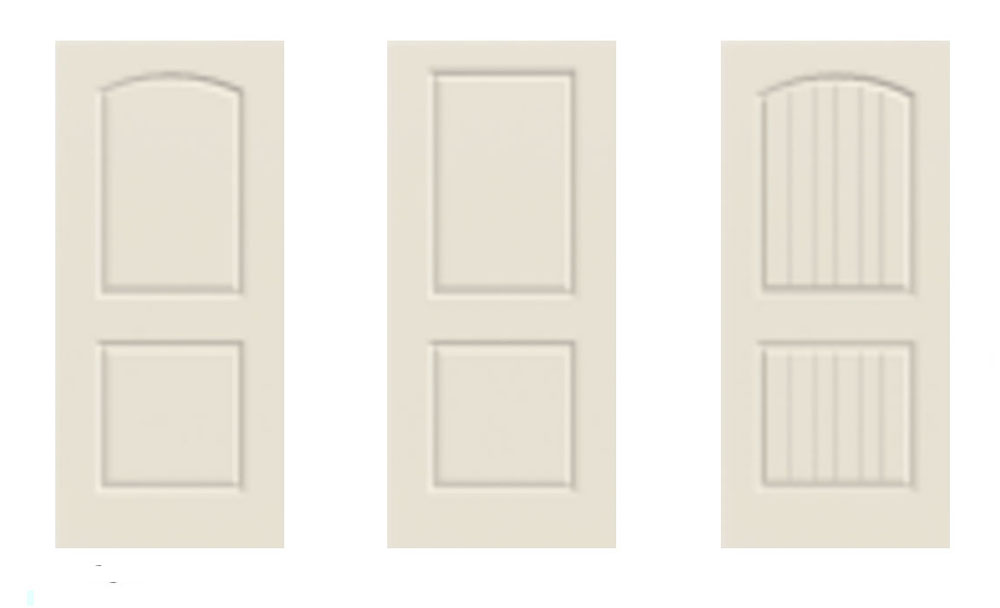
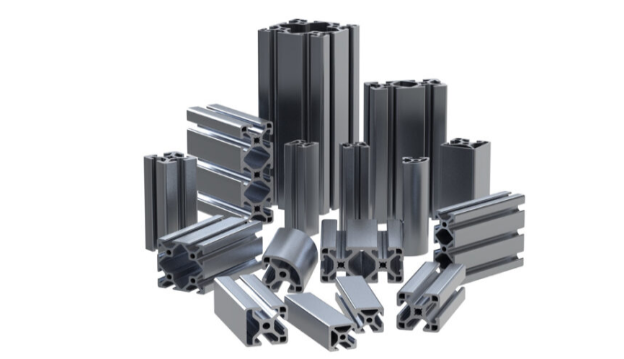
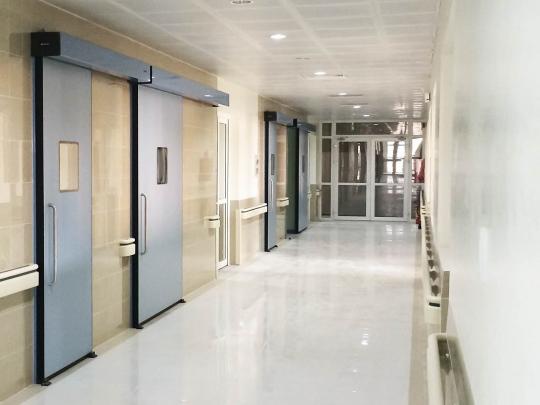
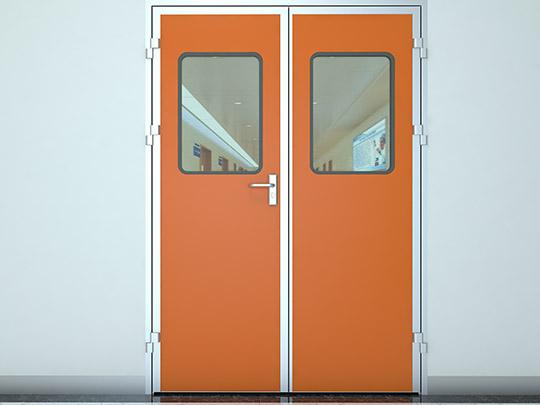
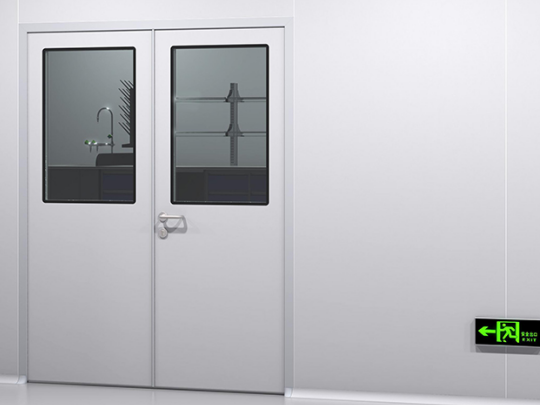
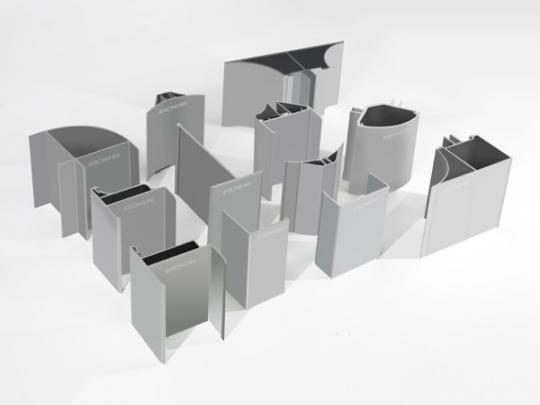
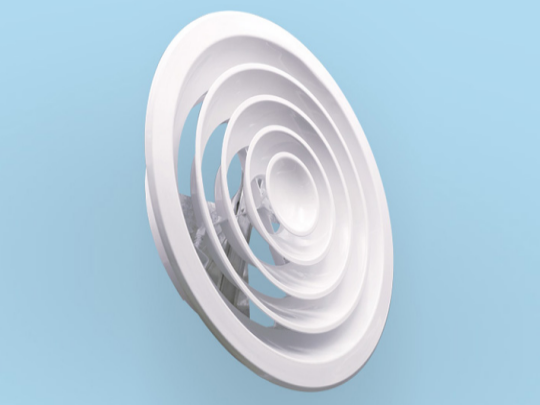
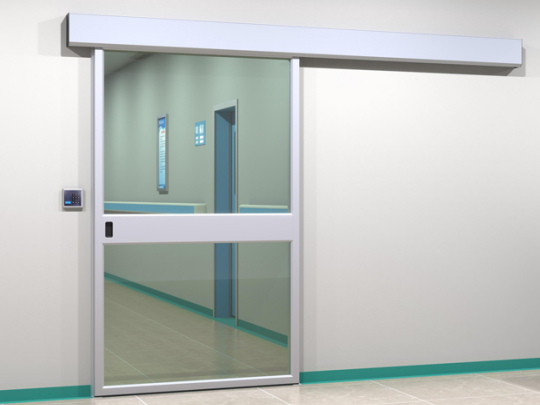
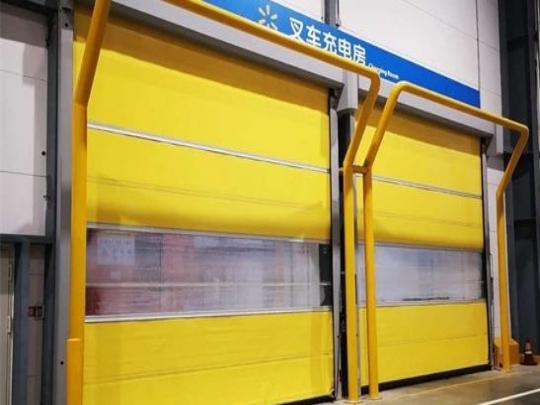
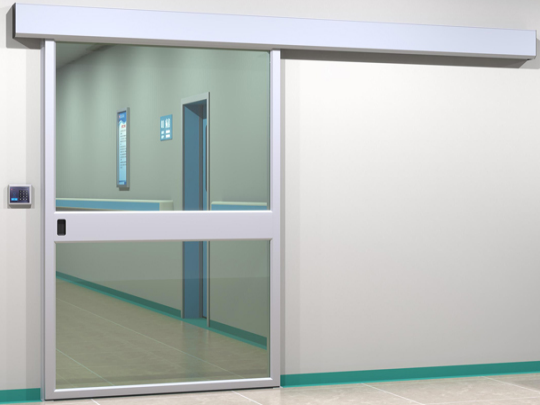
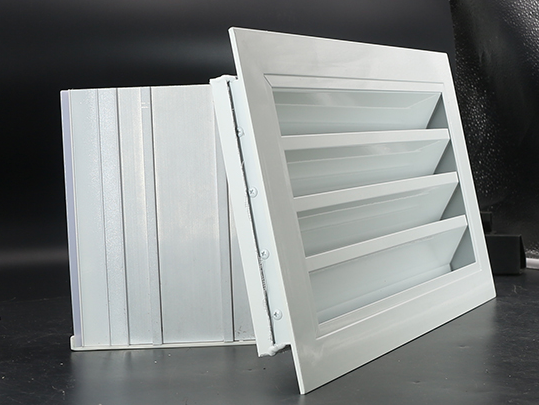
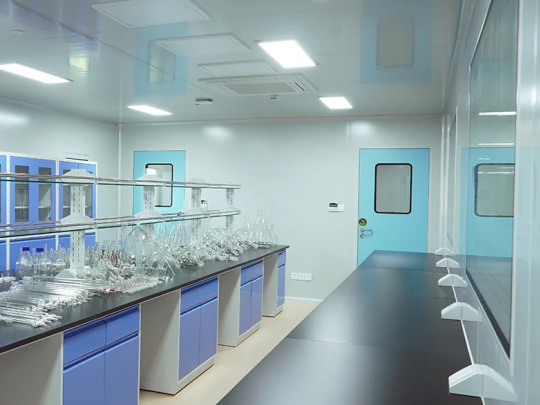
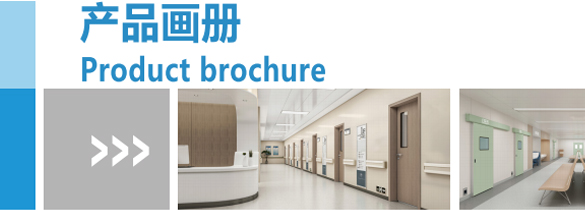
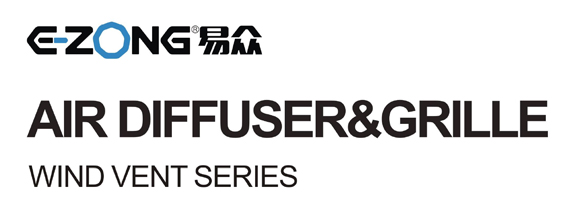

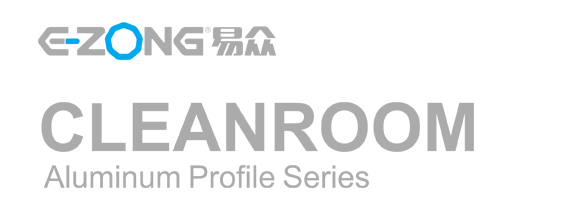






Speak Your Mind